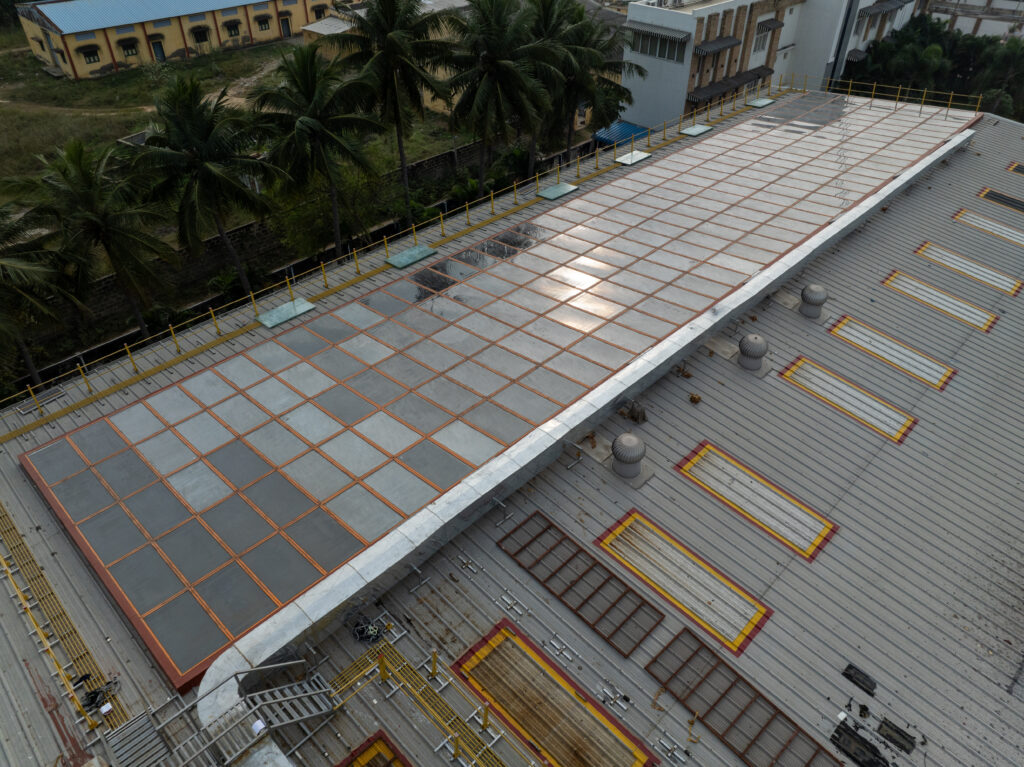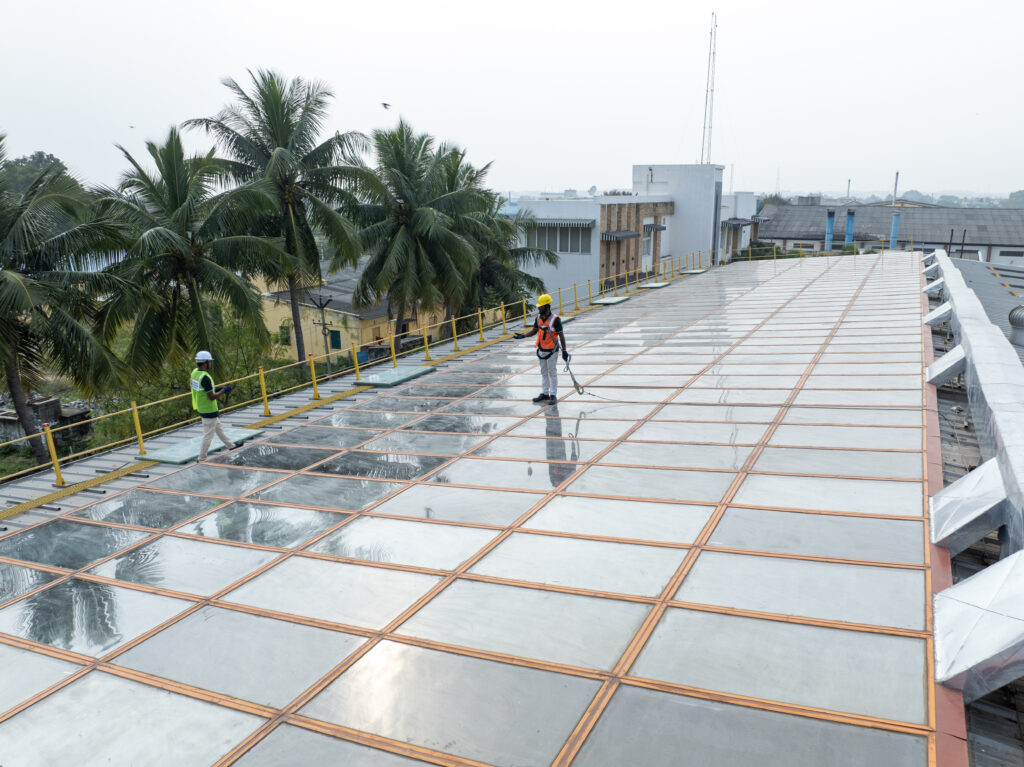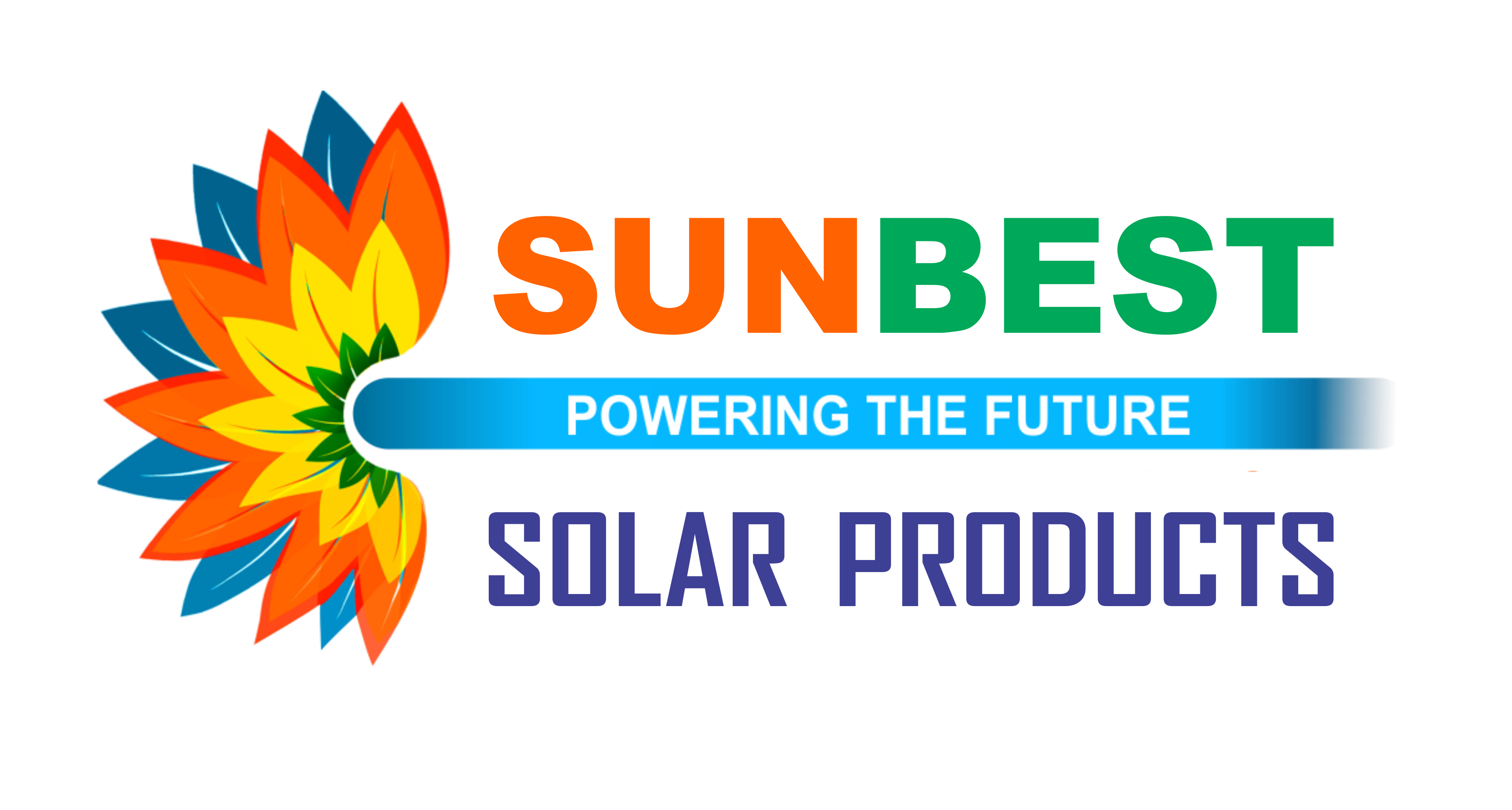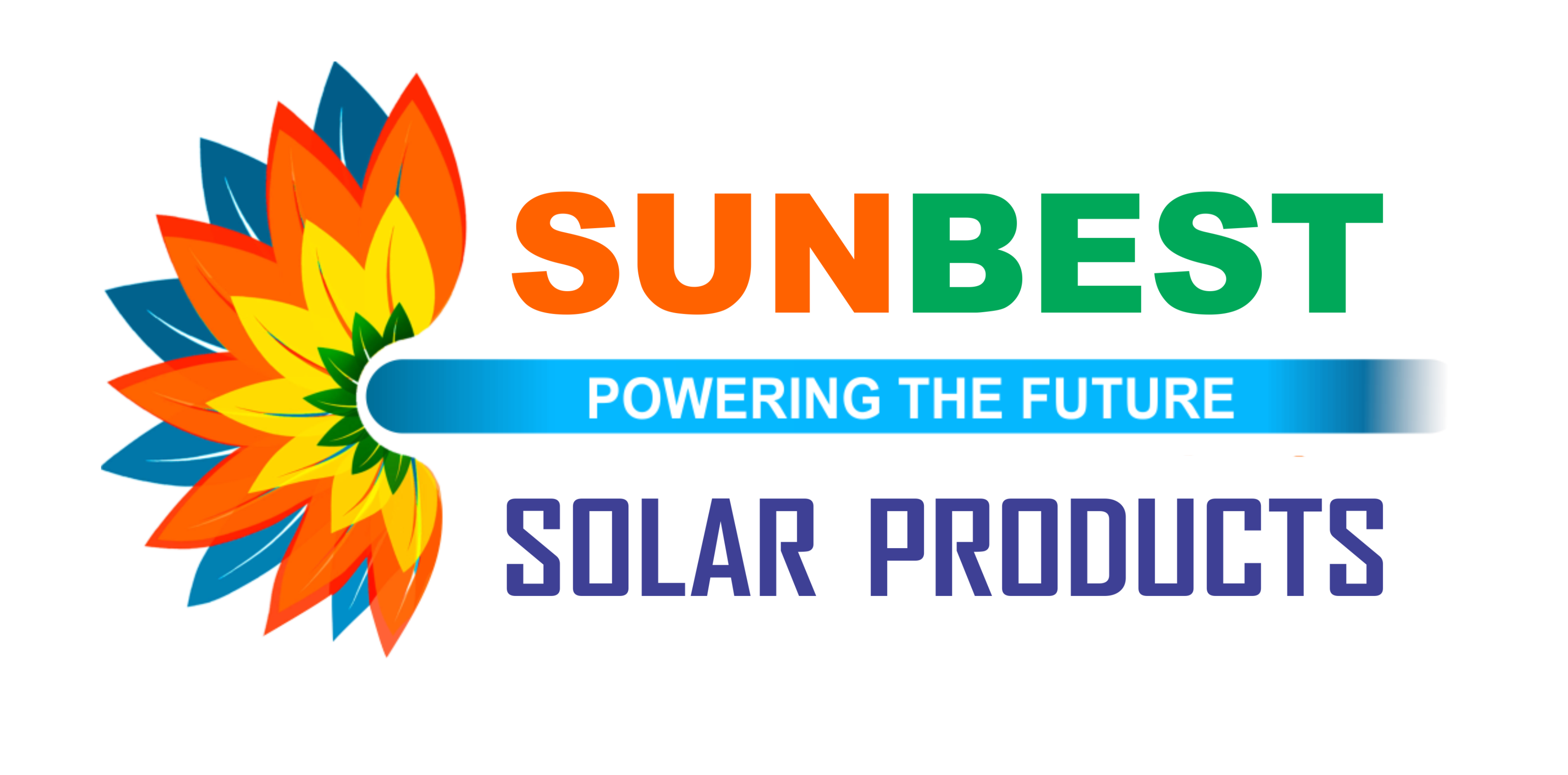Cost-Effective Industrial Solar Air Drying Systems: A Comprehensive Guide
Introduction
In today’s world, businesses are increasingly seeking sustainable solutions to reduce costs and environmental impact. Solar air drying systems offer a compelling option for industries looking to efficiently dry products using renewable energy. This guide, “Cost-Effective Industrial Solar Air Drying Systems: A Comprehensive Guide,” explores the benefits, design considerations, and implementation strategies for cost-effective industrial solar air drying systems.
What is Solar Air Drying?
Solar air drying harnesses solar energy to remove moisture from products, using natural sunlight to heat air that circulates through drying chambers. This method is ideal for various applications, including agricultural products, textiles, and food processing.
Benefits of Solar Air Drying Systems
- Cost Efficiency
- Reduced Energy Costs: By utilizing solar energy, businesses can significantly lower their electricity bills.
- Low Operational Costs: Once installed, maintenance and operational costs are minimal compared to conventional drying methods.
- Sustainability
- Renewable Energy Source: Solar energy is inexhaustible, helping industries reduce their carbon footprint.
- Eco-Friendly Practices: Transitioning to solar air drying supports corporate social responsibility goals.
- Improved Product Quality
- Uniform Drying: Controlled conditions lead to better quality and consistency in dried products.
- Preservation of Nutrients: For food products, solar drying can help retain essential nutrients that might be lost in traditional methods.
Key Components of Solar Air Drying Systems
- Solar Collectors
- Flat Plate Collectors: Commonly used due to their efficiency and cost-effectiveness.
- Evacuated Tube Collectors: More efficient in colder climates, though they come at a higher cost.
- Drying Chamber
- Design Considerations: Insulation, airflow management, and size must be optimized for the specific product being dried.
- Material Selection: Durable materials that can withstand high temperatures and humidity levels are essential.
- Air Circulation System
- Fans and Ducting: Proper airflow is crucial to ensure even drying and to prevent moisture buildup.
Design Considerations for Cost-Effective Solutions
- Assessing Energy Needs
- Calculate Moisture Content: Understand the moisture removal requirements based on the product and desired quality.
- Site Analysis: Evaluate local solar radiation levels to determine the feasibility of solar drying.
- Sizing the System
- Product Volume: Consider the scale of production to determine the size and number of drying units required.
- Space Availability: Ensure there is adequate space for the solar collectors and drying chambers.
- Integration with Existing Processes
- Compatibility: Ensure the solar air drying system can be easily integrated with current production lines and workflows.
- Scalability: Plan for future expansion to accommodate growing production needs.
Implementation Strategies
- Pilot Projects
- Start Small: Begin with a pilot project to assess the effectiveness and identify any challenges before full-scale implementation.
- Monitor Performance: Regularly track system performance to ensure efficiency and quality.
- Funding and Incentives
- Explore Grants and Subsidies: Investigate local and federal programs that support renewable energy projects.
- ROI Analysis: Conduct a return on investment analysis to justify the initial costs and highlight long-term savings.
- Maintenance and Training
- Regular Maintenance: Implement a routine maintenance schedule to ensure the system operates efficiently.
- Employee Training: Provide training for staff to ensure proper usage and upkeep of the solar drying system.
Conclusion
Cost-effective industrial solar air drying systems present a sustainable solution for businesses looking to enhance productivity while reducing environmental impact. By understanding the components, benefits, and implementation strategies, companies can make informed decisions that align with their operational goals and sustainability objectives.
Cost-Effective Industrial Solar Air Drying Systems: A Comprehensive Guide,




